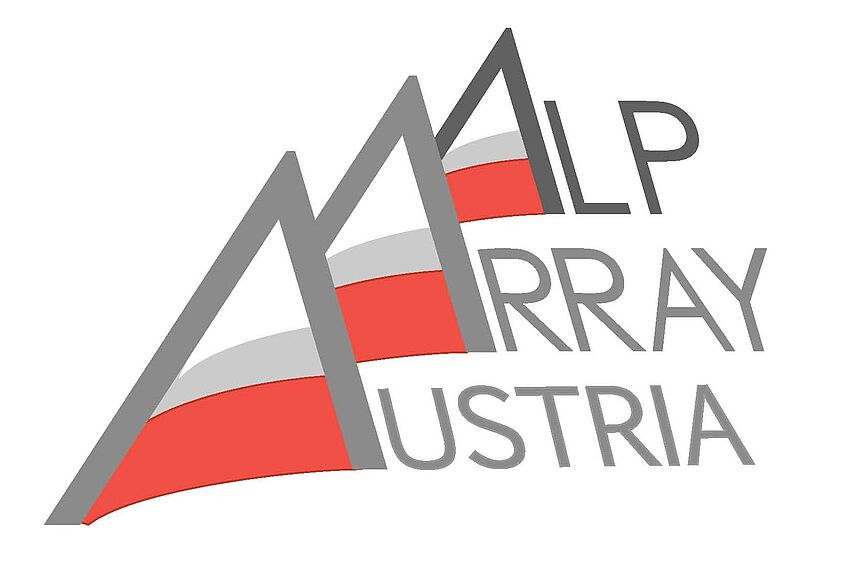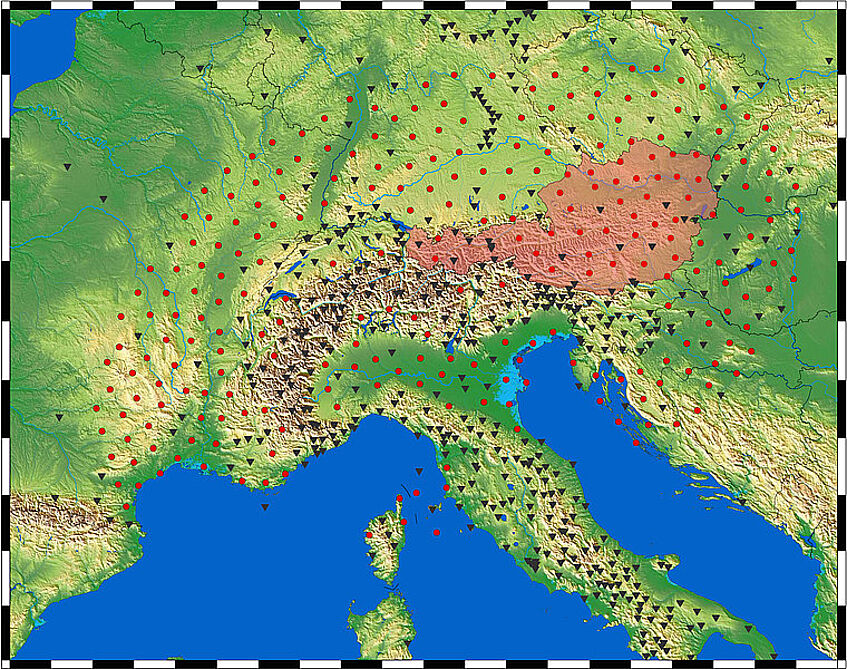Further Links
AlpArray Austria - Illuminating the subsurface of Austria and Slovakia and understanding Alpine geodynamics

(© IMGW)
AlpArray Austria - Illuminating the subsurface of Austria and Slovakia and understanding Alpine geodynamics
AlpArray Austria is a research project to study the geodynamics of the Eastern Alps and the subsurface of Austria with a large-scale mobile broadband seismological network. AlpArray Austria is part of the AlpArray project – a unique European transnational research initiative in which 45 research institutes from 18 countries join their expertise to advance our knowledge about the structure and evolution of the lithosphere beneath the entire Alpine area. AlpArray Austria is coordinated by the Department of Meteorology and Geophysics (IMGW) at the University of Vienna and funded by the Austrian Science Fund (FWF).

(© IMGW)
During spring 2015 the deployment of 37 mobile broadband seismometers (and two permanent stations) commenced and since end of 2015 Austria is completely covered by a dense seismological network with an average station spacing of about 40 kilometers. The mobile network consisting of Reftek 151 60s sensors (provided by IMGW) and sensors from German research institutes in Potsdam and Munich complements the permanent Austrian seismic network operated by the Austrian Zentralanstalt für Meteorologie und Geodynamik (ZAMG) that will also install the two permanent stations. AlpArray Austria will be continuously recording high-quality ground motion data for three years. Seismic data will be distributed through the European Integrated Data Archive (EIDA) and shared with the collaborating AlpArray institutes.
AlpArray Austria will shed light on the detailed geological structure and geodynamical evolution of the Eastern Alps and the subsurface of Austria. Utilizing seismic analysis methods such as ambient noise tomography, shear wave splitting, receiver functions and body and surface wave dispersion the AlpArray Austria working group at IMGW will, together with the international partners, focus on seismic anisotropy in the upper mantle, the location of interfaces and tomography, to answer outstanding questions on slab geometry and subduction polarity under the Eastern Alps. While the primary scope of AlpArray Austria is fundamental research the unique dataset will also improve our knowledge about near-surface geologic structures and help to assess the seismic hazard in Austria.
